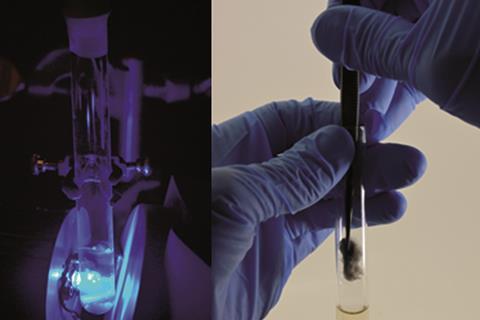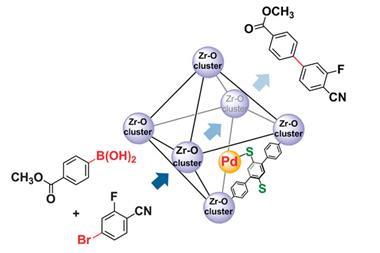Cheap material offers easy way to separate catalysts from reaction mixtures
Glass wool can act as a cheap and readily available support for heterogeneous catalysts, new research shows. The material, which is commonly used in household insulation and soundproofing, provides a simple way to separate catalysts from reaction mixtures.
Researchers from the University of Ottawa, Canada, grafted metal and metal oxide nanoparticles onto glass wool and showed that the catalyst and support combo could promote a wide range of reactions, including carbon–carbon couplings, dehalogenations and cycloadditions. In particular, they focused on photocatalytic reactions, although they also performedsome heat-driven reactions.

While glass wool has previously been used as an attachment surface in some biological studies, this is the first time it has served as a catalytic support in organic chemistry.
The Ottawa team hope that fibrous catalysts such as these could find future use in flow chemistry systems.












No comments yet